CHINASE | ENGLISH
bottom
NEWS
Long March 2D rocket lifts 41 satellites into space, setting new national record
CZ-2D Y88 carrier rocket successfully transport 41 satellites, including Jilin-1 Gaofen 06A accurately into preset orbits at the Taiyuan Satellite Launch Center at 13:30 on June 15, 2023, marking a complete success of the launch mission

The Long March 2D carrier rocket is a 2-stage liquid rocket with propellant at normal temperature developed by Shanghai Academy of Spaceflight Technology, with the characteristics of “high reliability, excellent economical efficiency, and strong adaptability”, and can support various forms of launch demands, such as single satellite, and multiple-satellite parallel connection, series connection and carrying. The carrying capacity at sun-synchronous orbit can reach 1.3 tons (orbit altitude: 700km).

Comfortable flight experience for 41 satellites
CASC CZ-2D Y88
With the launch of 41 satellites by one rocket, it has set a new national record for the most spacecraft launched in a single mission. However, in order to launch so many satellites safely and successfully into the orbit at one time, the first thing is to solve the configuration layout of satellites in the fairing, which must ensure that they are “comfortably” arranged in a “sufficient area”. Therefore, the Long March 2D development team from Shanghai Academy of Spaceflight Technology fully sorted out the satellite structure and task requirements, explored its potential, and optimized the layout design by hanging 38 satellites on the wall + 3 satellites on the side wall, successfully finding safe and comfortable seats for 41 satellites.

The “seats” of satellites consist of multi-satellite adapters and conical supporting cabins below, and in order to facilitate satellite-rocket operation, the 4m tall multi-satellite adapter is separated into the upper and lower central bearing cylinders, of which 38 satellites are arranged by columns around the central bearing cylinder, to ensure a safe distance between satellites. Thus, the multi-satellite adapter “is fully occupied”, but if we blindly increase the height of the bearing cylinder to add more “seats”, satellites will face unbearable “vibration and turbulence” during the flight.

To ensure comfortable flight experience for the 41 satellites, the model team has made full use of the space in the fairing, and made more room below the adapter by opening 3 “special seats” on the supporting cabin, successfully enabling the 41 satellites to "get on board". Despite the novelty of the "seats", we can see on closer look that they are all high-quality parts for this transportation, guaranteeing the safety and reliability of the mission.

One-stop service, ensuring safe and accurate “separation”
CASC CZ-2D Y88
More satellites will result in a higher risk of collision in orbit after separation. Given that the 41 satellites have the same "destination", the key to a successful mission is to ensure that the satellites are safely and smoothly "separated" and accurately orbited according to the specified separation direction and speed.

To avoid congestion and collision during “separation”, the development team from Shanghai Academy of Spaceflight Technology designed an ingenious “separation program”, to ensure that satellites are separated successively in order. The overall design team divided each layer of the 38 satellites on the tubular multi-satellite adapter into one group, i.e., 6 groups in total; and regarded the 3 satellites on the lower supporting cabin as the 7th group, and respectively separated satellites by groups. In addition, the rocket is also equipped with 10 retrorockets, to open the distance between each group of satellites by activating the retrorockets, and ensure the safety in mutual separation.

The 41 launched satellites, including Jilin-1 Gaofen 06A are developed by Changguang Satellite Technology Co., Ltd., and can obtain remote sensing images for earth observation with high spatial resolution, providing users with remote sensing information services such as industrial analysis and regional surveys as well as remote sensing data services for industries such as land resources, mineral development and smart city construction.

It is the 76th launch of the Long March 2D carrier rocket, the 187th flight experiment of the Long March series of carrier rockets developed by Shanghai Academy of Spaceflight Technology, as well as the 476th launch of the Long March series of carrier rockets.

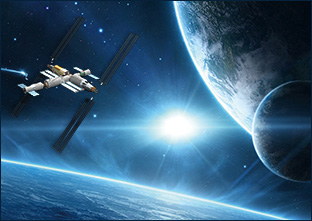
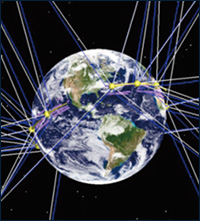
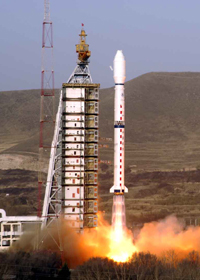
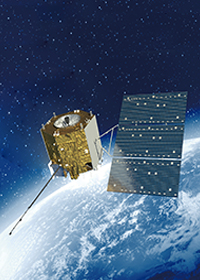

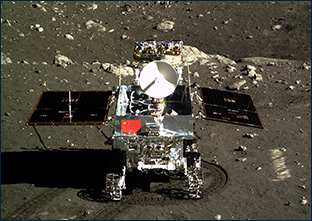
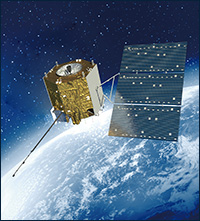

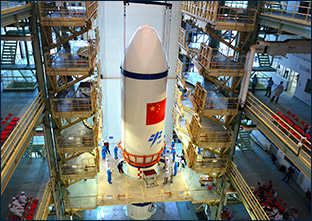



 DOWNLOAD
DOWNLOAD E-MAIL
E-MAIL